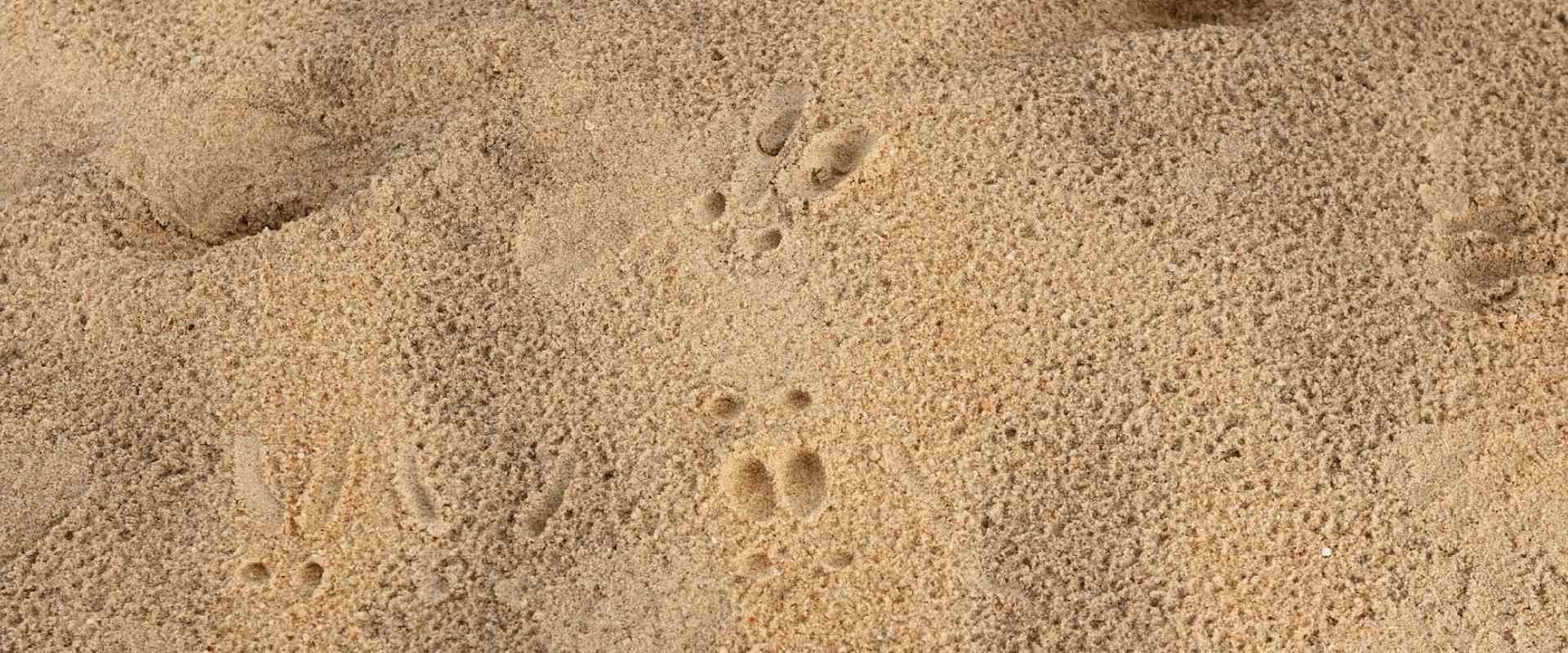Five Ways to Identify Animal Tracks
A guided nature or bush walk during your stay at Wild Coast Tented Lodge is a signature experience. In the company of a qualified and trained ranger, this is, without a doubt, the most immersive and interesting way to appreciate the wilderness. Identifying tracks and signs of the jungle brings the wilderness to life.
During a walk, our rangers will find, identify and interpret footprints, droppings, animal sounds and bird calls, even broken branches, and so on, in a safe yet fascinating manner. This art is as old as time, but the combination of loss of wilderness habitat around the world and wildlife experiences being increasingly based on jeep-safaris makes it increasingly valuable.
Here are five ways to identify animal tracks and footprints as you embark on a quintessential wilderness experience.
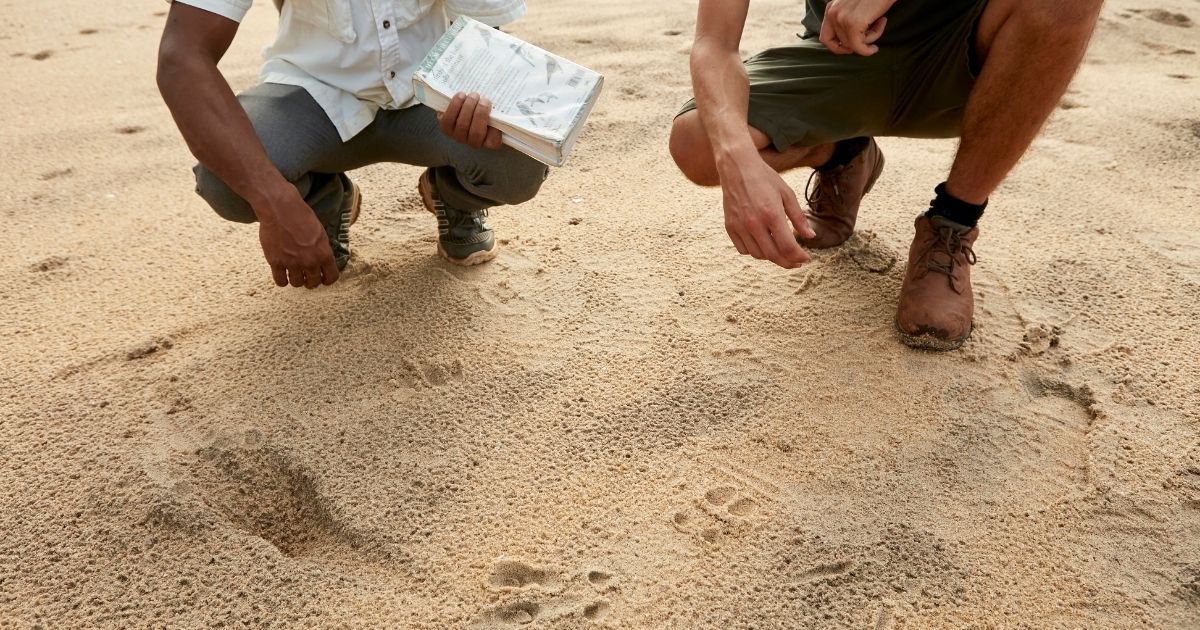
Understand Walking Patterns
Each animal and creature that walks the earth has a unique way of moving. From waddlers to gallopers/hoppers, bounders and walkers, the grounds beneath us tell a fascinating story of each gait. These track patterns help our rangers identify the group of animals responsible for that particular print.
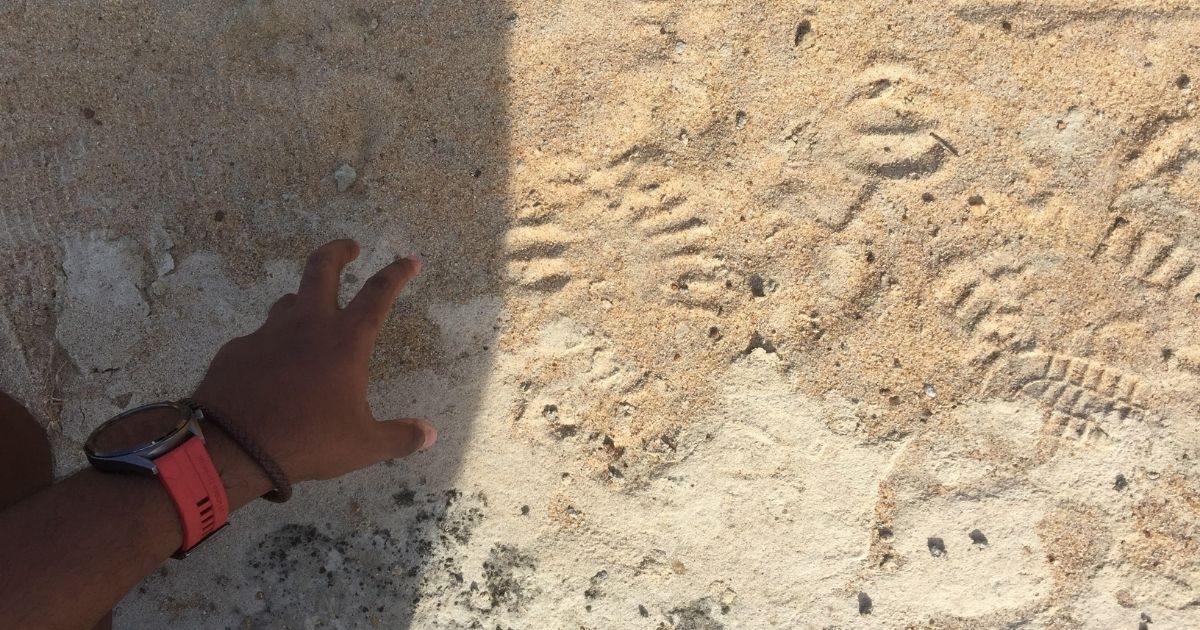
Identify Track Characteristics
Get up close and personal with the tracks you’ve just identified. Examine the size of the tracks, the number of toes, whether the tracks look light or firm, smooth or disturbed. The width and length can also tell you the difference between closely related animals.
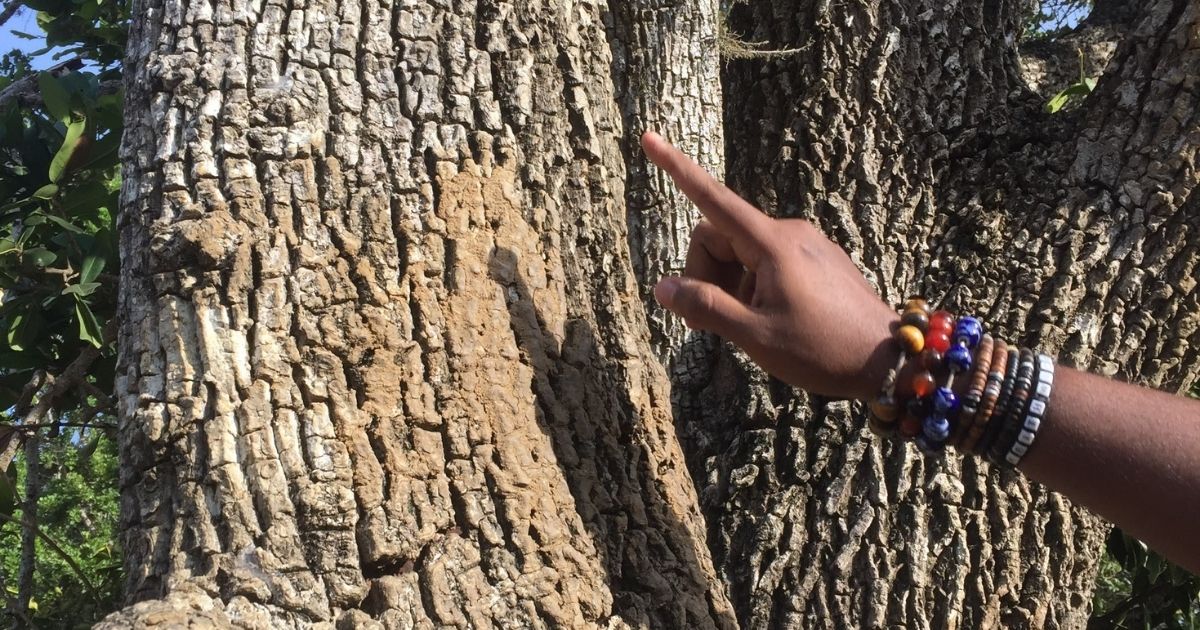
Note Patterns
Take note of the pattern of tracks. Identify if they are close knit one, and placed after the other, or too far apart. This could determine if the animal was moving at a slow pace or disturbed and at a fast space. Patterns can also tell you if the animal was moving in a particular direction or if something caused it to change direction midway. You could also find certain tracks and patterns on boulders, trees and foliage around you. Mud for example along the bark of a tree could indicate a certain animal rubbed off against it. The height at which this is noted, could further indicate what type of animal it could have been.
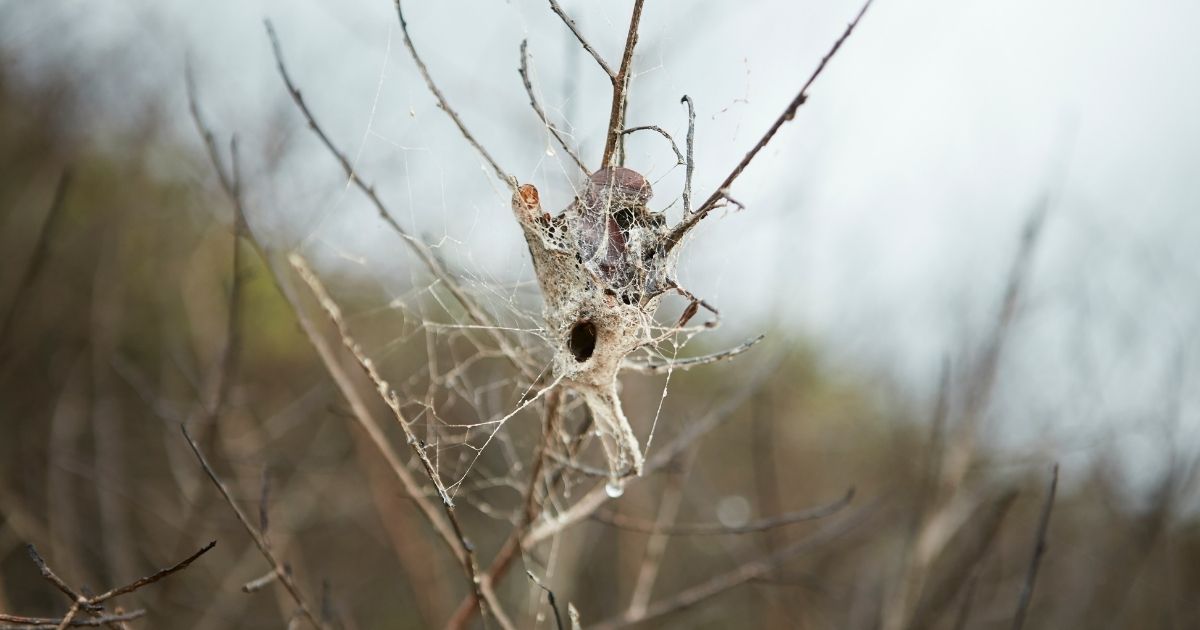
Be Patient and Alert
Identifying animal tracks can be a slow and patient task. When walking in nature, there’s no rush. Take your time, be alert and keep your eyes peeled for anything of interest and out of the ordinary. Our rangers have keen eyes and are experts at the patient game.

Be Respectful of Nature
Immersing yourself in nature can be a wondrous experience. As you embark on your walk, be mindful of your actions and be respectful of everything around you. Stay on the trails as guided by our rangers, leave no garbage behind. Leave nature to thrive as she is and she will be as respectful to you.

